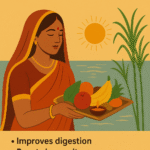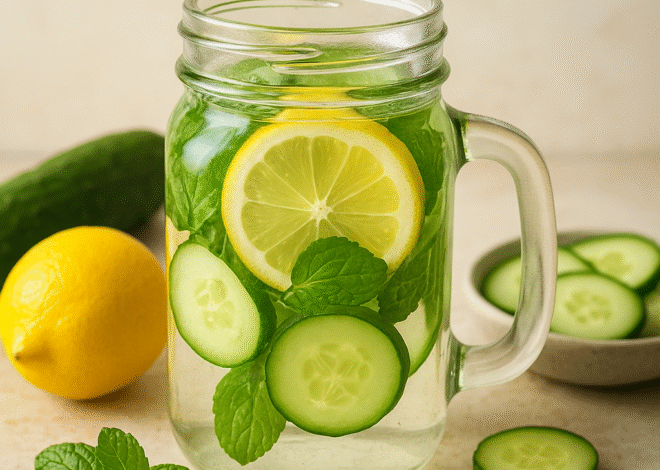
Iron Power Foods: Fuel Up and Fight Anemia!

Iron deficiency and anemia are common health concerns that can significantly impact your energy levels, immunity, and overall well-being. Fortunately, dietary choices play a powerful role in managing and even preventing these conditions. This guide delves into the causes of iron deficiency, the role of iron in the body, and actionable, healthy eating tips to boost iron levels and support those affected by anemia.
Understanding Iron Deficiency and Anemia
Anemia occurs when your body lacks sufficient healthy red blood cells to carry adequate oxygen to tissues. Iron deficiency is a leading cause of anemia because iron is crucial for producing hemoglobin, a protein in red blood cells that carries oxygen throughout the body. Without enough iron, your body can’t produce enough hemoglobin, resulting in fatigue, weakness, shortness of breath, and a host of other symptoms.
Iron deficiency can stem from a variety of causes, including poor dietary intake, chronic blood loss, or conditions that hinder iron absorption. Populations at higher risk include women, especially those of childbearing age, pregnant individuals, and people with certain gastrointestinal conditions.
Two Types of Iron: Heme and Non-Heme
Understanding the two types of iron—heme and non-heme—is essential for optimizing your diet for iron intake.
- Heme Iron: Found in animal-based foods, heme iron is more easily absorbed by the body. Foods high in heme iron include red meat, poultry, and seafood.
- Non-Heme Iron: This type of iron is found in plant-based foods, including legumes, grains, and vegetables. While non-heme iron is less readily absorbed, consuming it with certain foods can boost its absorption.
Dietary Tips to Improve Iron Intake
Here are some science-backed eating tips to increase your iron levels naturally and help you combat anemia:
1. Incorporate Iron-Rich Foods into Every Meal
Make a conscious effort to include iron-rich foods throughout the day to maintain a steady supply of iron.
- Heme Iron Sources: Lean meats like chicken, turkey, beef, liver, and seafood.
- Non-Heme Iron Sources: Legumes (lentils, beans, chickpeas), leafy greens (spinach, kale), fortified cereals, tofu, nuts, seeds, and whole grains like quinoa and oats.
Adding iron-rich foods to every meal can increase your daily iron intake without the need for supplements, though in some cases, supplementation may still be recommended by a healthcare professional.
2. Pair Iron with Vitamin C for Better Absorption
Vitamin C significantly enhances the absorption of non-heme iron, making it a valuable nutrient in an iron-rich diet. For optimal absorption, try pairing iron-rich foods with foods high in vitamin C.
- Vitamin C-Rich Foods: Citrus fruits (oranges, lemons), strawberries, bell peppers, tomatoes, broccoli, and kiwi.
- Example Pairings: Add a squeeze of lemon juice to lentil soup, toss bell peppers in salads with spinach, or pair a glass of orange juice with a bowl of fortified cereal.
3. Limit Iron Inhibitors with Iron-Rich Meals
Certain foods and beverages can hinder iron absorption when consumed in the same meal. Be mindful of these and try to separate them from iron-rich foods.
- Calcium: Competes with iron for absorption. Limit dairy around iron-heavy meals.
- Polyphenols: Found in tea, coffee, and red wine, polyphenols can reduce iron absorption. Try consuming these beverages between meals rather than with meals.
- Phytates: Present in whole grains and legumes, phytates can bind to iron, reducing its absorption. Soaking or sprouting grains and legumes before cooking can help reduce phytate content and improve iron availability.
4. Choose Iron-Fortified Foods
Iron-fortified foods offer an additional source of iron, especially for those with dietary restrictions or increased iron needs. Many cereals, bread, and plant-based milk alternatives are fortified with iron. Check labels to see if they’re fortified, and consider incorporating these foods into your breakfast or snacks.
5. Snack on Iron-Packed Foods
If you’re prone to snacking, use this as an opportunity to add iron-rich foods to your diet. Great iron-rich snacks include:
- Nuts and Seeds: Pumpkin seeds, cashews, and almonds.
- Dried Fruits: Dried fruits like apricots, raisins, and prunes are convenient sources of iron.
- Dark Chocolate: In moderation, dark chocolate with at least 70% cocoa is not only delicious but also contains iron.
6. Consider Cooking with Cast Iron
Cooking in cast iron cookware can add small amounts of iron to your food. Acidic foods, like tomato sauce, absorb the most iron from the pan. Though it won’t provide a large amount, every bit can help, particularly if you use cast iron regularly.
7. Plan Ahead if You’re Following a Plant-Based Diet
Vegetarians and vegans may be at higher risk of iron deficiency due to reliance on non-heme iron sources. However, with careful planning, it’s possible to get enough iron from plant-based sources.
- Combine Iron and Vitamin C: For example, add bell peppers to a chickpea salad, or have a fruit smoothie with spinach and strawberries.
- Diversify Protein Sources: Include a mix of legumes, nuts, seeds, and fortified grains to ensure adequate iron intake.

Lifestyle Tips to Support Iron Absorption
Beyond dietary changes, lifestyle adjustments can also support iron absorption and prevent deficiency.
- Regular Physical Activity: Exercise promotes circulation, supports red blood cell production, and boosts overall energy levels. However, intense exercise can increase iron needs, so athletes should pay extra attention to iron intake.
- Stay Hydrated: Proper hydration aids digestion and can help your body absorb nutrients more efficiently.
- Avoid Excessive Blood Loss: If you experience heavy menstrual bleeding or other forms of blood loss, consult a healthcare provider, as you may require additional iron support.
When to Consider Iron Supplements
In some cases, dietary changes may not be enough to address iron deficiency, especially if you have a medical condition that limits iron absorption. If you suspect you have anemia or iron deficiency, it’s important to consult a healthcare professional. They can confirm your iron levels with a blood test and recommend iron supplements if necessary. Always follow a healthcare provider’s guidance for dosage and duration, as too much iron can have adverse effects.
Final Thoughts: Prioritize a Balanced, Iron-Rich Diet
Managing anemia and iron deficiency through diet is an empowering, natural way to support your body’s needs. By consciously incorporating iron-rich foods, pairing them with vitamin C, and avoiding certain inhibitors, you can optimize iron absorption and improve your energy and well-being. Remember that lifestyle changes take time, so be patient and consistent with your choices.
With a balanced diet and mindful planning, you can effectively combat iron deficiency and anemia and enjoy better health and vitality every day.










